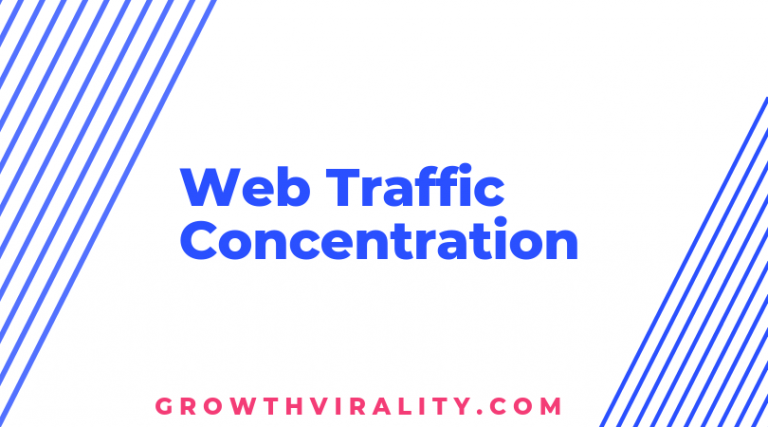
Website Traffic Leads Ratio
The Website Traffic Lead Ratio helps the marketing team on measuring how many of the site visitors are being converted into leads.
Get 2 free no-fluff marketing strategies every week in your inbox.

As the name tells, web traffic sources are the source, which is sending your website traffic. What is sending traffic to your site? Is it a search engine? Another site probably? Or did your visitor type your URL straight into a browser?
When Google Search delivers your traffic, then Google is the traffic source for your visitor. However, if that visitor came from a search on Bing, then Bing is the traffic source.
As you might consider, it is helpful to be able to group every visitor, which came from, such as “traffic sources (e.g., social media networks and search engines) together. The good news here is that you could group traffic sources, utilizing traffic channels.
Every traffic channel is a selection of web traffic sources, which belong to a similar group. This is referred to as a medium by Google Analytics. Below are the four typical traffic channels:
If you are a newbie to online marketing, there’s wisdom in concentrating on one traffic channel at a time. You can move forward to another once you master one channel.
Marketing Roles
Variations
Visitors
Source
Target Audience
Digital Marketing KPI Examples

The Website Traffic Lead Ratio helps the marketing team on measuring how many of the site visitors are being converted into leads.

As the name tells, web traffic sources are the source, which is sending your website traffic.

A metric used to measure the site visitors ratio on a single, particular page on the website versus over the total site visitors.
Join Our Newsletter
Learn & grow with FREE marketing guides & tips from the greatest marketers.